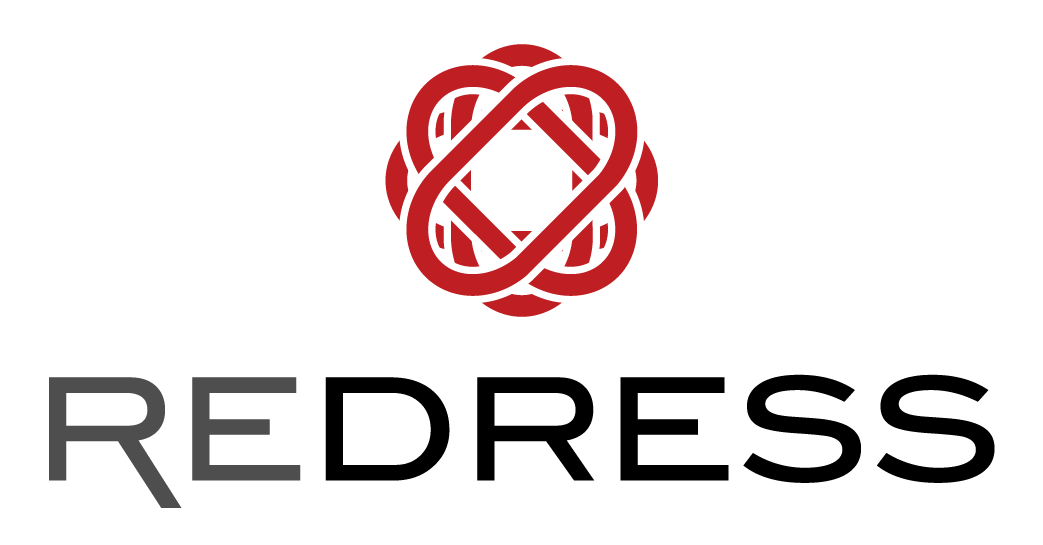The circular fashion economy and the United Nations’ SDGs
Discover the huge potential for circular fashion to be a force for good and how this advances the UN’s Sustainable Development Goals towards a better, more sustainable future for all.
The fashion and textile industry has significant influence in our world economically, socially and environmentally. Economically, the fashion industry global market is valued at €1.7 trillion in 2023, or approximately 2 to 2.5% of global GDP, and its far-reaching, complex value chains offer employment, from tills at retailers to tillers at the farmland. Meanwhile, tragically, the industry is one of the world’s most polluting sectors.
However, on the positive side, given its large environmental and social footprint, the fashion industry has an immense opportunity to make outsized positive contributions to our world, including the all-important Sustainable Development Goals.
What are the Sustainable Development Goals?
The United Nations Sustainable Development Goals (SDGs) are a set of global objectives adopted by all UN member states in 2015 to address interconnected challenges, like poverty, hunger, inequality, and climate change, with the aim of achieving a better and more sustainable future for all by 2030.
There are 17 SDGs across water, energy, and consumption, that collectively have 169 targets. They recognise that ending poverty and other deprivations must go hand-in-hand with strategies that improve health and education, reduce inequality, and spur economic growth, all while tackling climate change and working to preserve our oceans and forests.
Credit: United Nations
What is the circular fashion economy?
The circular economy is a system where materials never become waste, nature is regenerated, and where responsibility is taken for products’ entire lifecycles and their impact on the planet.
Our current fashion industry operates in an unsustainable linear system which creates vast amounts of waste and pollution while ignoring the fact that our natural resources are limited. Transitioning to a circular system offers the opportunity to counter this drain on our planet’s resources. Going from a linear to a circular economy means switching from a system of TAKE -> MAKE -> USE -> WASTE to REGENERATE -> MAKE -> REUSE -> RECYCLE.
Credit: Redress
But the transition from a linear to circular system is complex and requires collaborative change across the entire fashion industry. So, unfortunately, we still have a long way to go to clean up fashion’s linear system, with only 0.3% of the global textile industry currently being circular.
How is circular fashion advancing the SDGs?
Just as fashion has far-reaching negative impacts, so too does it have a huge potential power to do good. Transitioning to a circular fashion economy offers exciting opportunities to advance various SDGs, namely through:
Goal 6: Clean water and sanitation
By ensuring no polluted wastewater is discharged into nature, communities living in factory areas have access to clean, uncontaminated water.
Goal 7: Affordable and clean energy
By transitioning to renewable energy instead of fossil fuels-based energy, factories can heavily contribute to the increased use of clean energy, and to the development of its infrastructure.
Goal 8: Decent work and economic growth
By building an economy based in part on secondhand markets, repair and rental services, and fibre recycling, the fashion industry can thrive while decoupling economic growth from environmental degradation.
Goal 9: Industry, innovation, and infrastructure
By developing fibre-to-fibre recycling technologies and new innovative materials, the fashion industry is building resilient and efficient infrastructure for resource usage.
Goal 11: Sustainable cities and communities
By eliminating waste and pollution, especially in manufacturing hubs, communities can live in areas where the air quality and waste management is improved.
Goal 12: Responsible consumption and production
By sourcing from regenerative agriculture and recycled or regenerated materials, brands efficiently manage and use natural resources.
By ensuring harmful chemicals are not used in fashion products and all types of waste are recovered for their resources, manufacturers and brands manage their production responsibly.
By designing products for circularity, brands enable consumers to reuse fashion, and prevent, reduce, and recycle fashion ‘waste’.
Goal 13: Climate action
By reducing (or better yet, eliminating) the greenhouse gas emissions fashion emits throughout its value chain, the industry can positively contribute to holding the increase in the global average temperature to 1.5°C above pre-industrial levels.
Goal 14: Life below water
By ensuring no polluted wastewater is discharged into nature, life below water can flourish and is not impacted by hazardous chemicals.
Goal 15: Life on land
By applying regenerative agriculture principles to textile crops, soils are kept healthy and biodiversity is maintained.
Goal 17: Partnerships for the goals
By having to collaborate heavily to make circular fashion successful, fashion stakeholders promote development, transfer, and diffusion of environmentally sound technologies to fashion-producing countries and fashion markets.
At Redress, our work intersects and supports three SDGs:
Goal 4: Quality education
From empowering consumers to make better fashion choices to teaching designers how to design for circularity, we foster education and skills for sustainable lifestyles throughout our different programmes.
Goal 12: Responsible consumption and production
We ensure designers and consumers have relevant information and awareness to actively participate in the development of the circular fashion industry.
Through our local Takeback Programme, our secondhand shop The Redress Closet, and our secondhand pop-up shops in Hong Kong, we actively contribute to reducing fashion waste by empowering consumers to circulate and reuse clothes. We also ensure that all unwearable clothing gets recovered so nothing becomes waste.
Goal 17: Partnerships for the goals
Redress brings many stakeholders together, from industry to academia, government and general public, acting as a catalyst to promote the knowledge transfer and the development of environmentally sound technologies.



